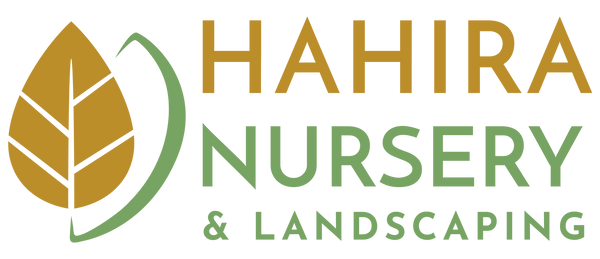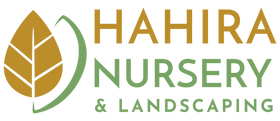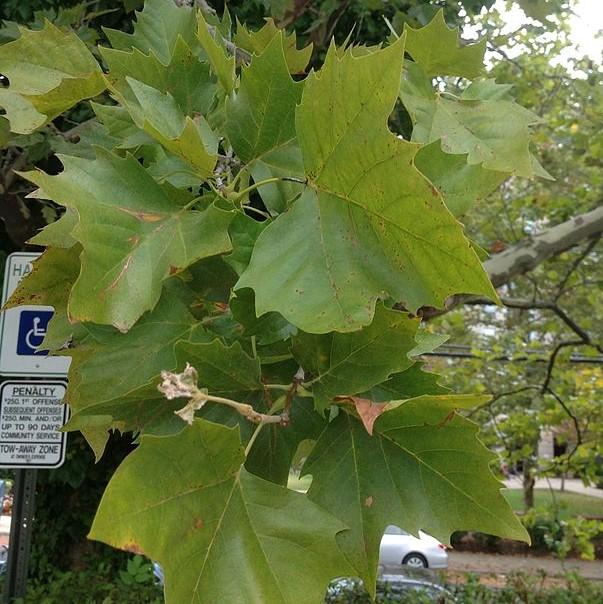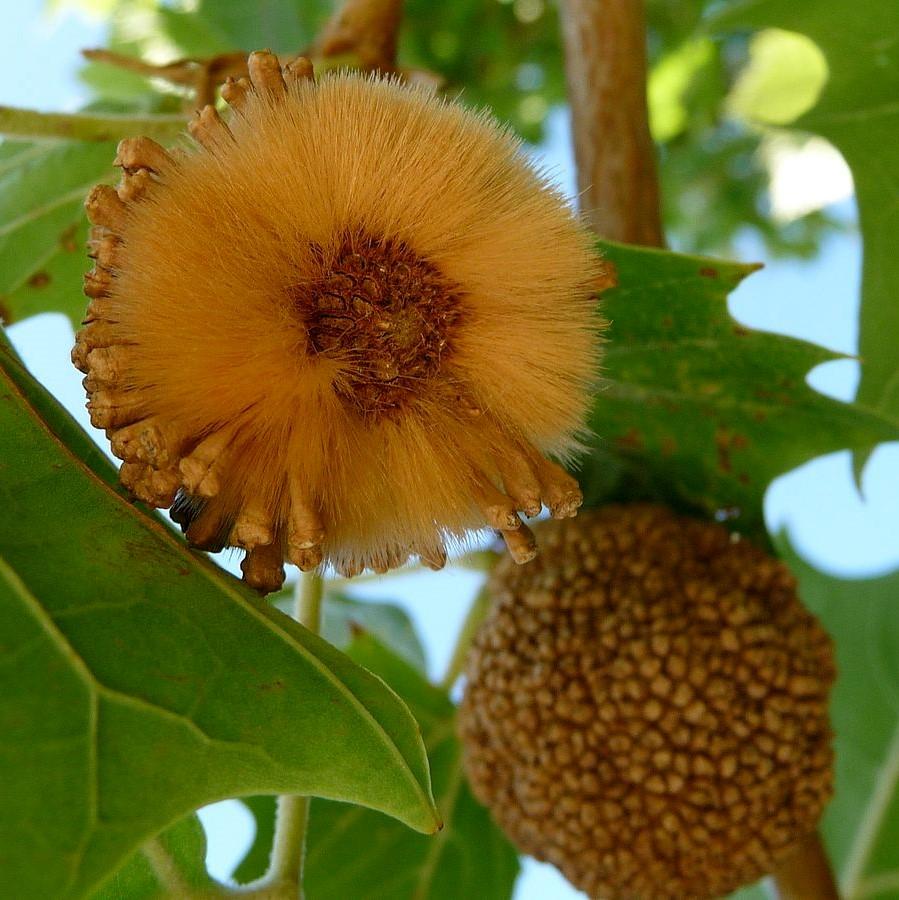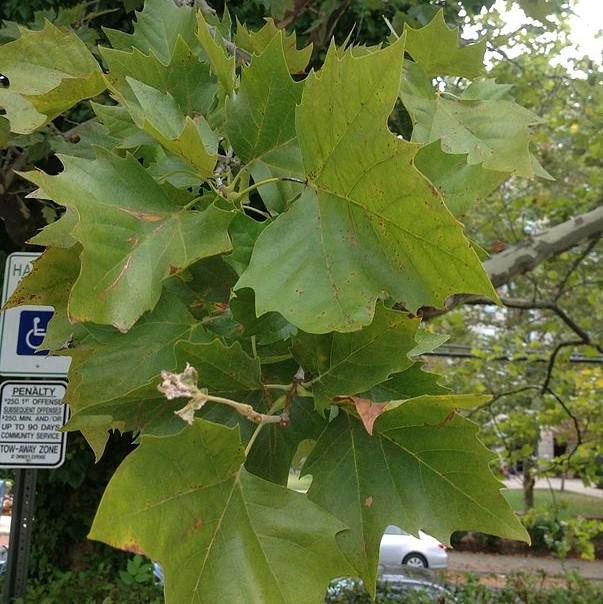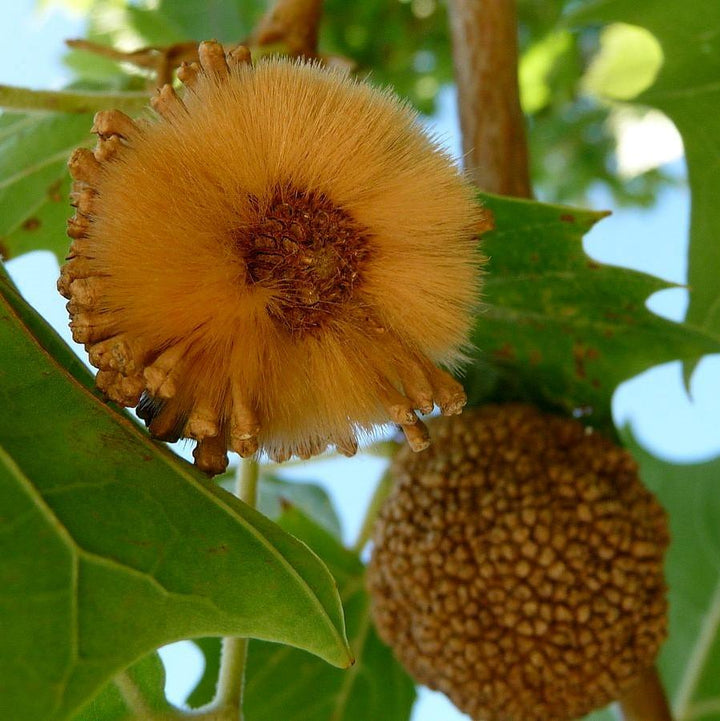American Sycamore
Platanus occidentalis
- In stock, ready to ship
- Backordered, shipping soon
- Locally Grown
The American Sycamore, scientifically known as Platanus occidentalis, is a large and majestic deciduous tree native to North America. Here's everything you need to know about it:
-
Appearance: American Sycamores are known for their impressive size, reaching heights of up to 100 feet (30 meters) or more. They have a broad, spreading canopy with branches that often grow horizontally. The bark is distinctive, with patches of white, gray, and brown that peel off in irregular patterns, revealing the lighter inner bark.
-
Leaves: The leaves of the American Sycamore are large, palm-shaped, and have three to five lobes. They are bright green in spring and summer, turning yellow or brown in the fall before dropping.
-
Flowers: In the spring, American Sycamores produce small, inconspicuous flowers that are arranged in round, hanging clusters called "inflorescences." These flowers are not particularly showy but provide a valuable source of nectar for bees and other pollinators.
|
Type: |
|
|
Origins: |
East N. America; GA Native |
|
Height: |
75' - 100' |
|
Spread: |
75 - ' 100' |
|
Spacing: |
80’ |
|
USDA Hardiness Zone: |
4 - 9 |
|
Culture: |
|
|
Bloom Color: |
Yellow(male), Red(female) |
|
Season of Interest: |
MAINTENANCE NEEDS: High Maintenance. Sycamore anthracnose is a significant disease that severally damages twigs and leaves. Leaf spot, canker, and powdery mildew may occur. Pests include Japanese beetles, borers, scale, and mites. As a lawn tree may require significant clean-up from twigs, leaves, and fruits.
LANDSCAPE USES: Specimen or mass plantings, Naturalized Areas, Shade Tree, and Screening.
COMPANION PLANTS: Hosta, Coral Bells, Hydrangea
IMAGES: Famartin, 2019-11-13 16 17 24 An American Sycamore in late autumn along Tranquility Court in the Franklin Farm section of Oak Hill, Fairfax County, Virginia, CC BY-SA 4.0, (2) MOHAMMED HAMZA, A8-2-Platanus occidentalis (Eastern Sycamore), CC BY-SA 3.0, (3) Jeff Turner from Santa Clarita, CA, United States, American sycamore (Platanus occidentalis) 2, CC BY 2.0, (4) Richard Stephen Haynes, Sycamore Tree Bark, CC BY-SA 4.0
*As plants have ranges in appearance they may not appear as the images shown
Hahira Nursery takes pride in growing high-quality, fresh, healthy plants and ensuring they are delivered safely, on time, and with little to no damage so they are ready to be planted.
Despite all of our best efforts, once the plants have left our nursery, there are many variables outside of our control that can cause plants, flowers, trees, shrubs, or grasses to not thrive as they should. Plants are living organisms and are susceptible to a number of different environmental and care factors that are outside of our control.
Our goal is to build strong relationships with our customers and we always want to make things right, but we cannot always guarantee what happens once the plants are outside of our nursery, how you care for the plants, if they’re in the correct growing zones, weather damage, soil conditions, insect infestations, etc..
If you have any questions or concerns about a purchase you’ve made, please email us at info@hahiranursery.com and we will work with you on a case-by-case basis to the best of our ability.
Please note that all living organisms are not identical and their coloring, size, and shapes may differ from what you see online in our store. Each plant has its own characteristics that are impacted by the time of year, growth cycle, weather, and other elements which will cause them to look different than their photos.
